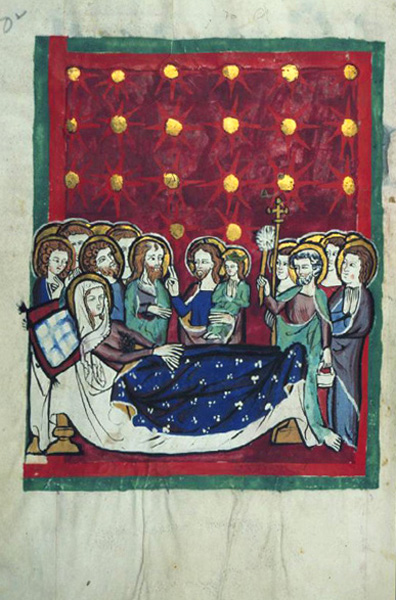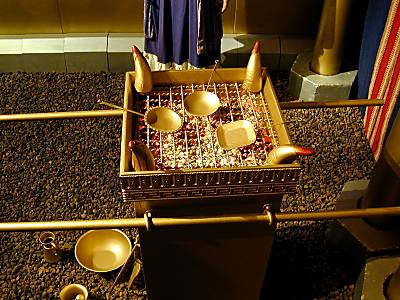THE MASS OF THE FAITHFUL
The "Prayer of the Faithful" is a prayer recited after the departure of the catechumens by the faithful alone; thus it forms part of the Mass of the Faithful. Sometimes it is called the Prayer of the Church, or the Common Prayer. In the West, especially at Rome, it was recited in the following way: the Pontiff invited the faithful to prayer; the Deacon gave the order to bend the knee; the Bishop pronounced the prayer, and the people responded "Amen." Ed. Bishop remarks acutely, in this connection, that this prayer bears the seal of the Roman Church, in which ecclesiastical authority always maintains its rights, the part of the faithful being reduced to a minimum; while in the East the initiative of Christian people is allowed a much wider scope. To such a degree is this the case that at Rome this prayer might more correctly be called the Prayer "for" the Faithful. We have a very well-preserved type of the prayer in the "
Orationes solemnes" of Good Friday. But all other trace of it has disappeared from the Roman liturgy. Under an analogous form it existed in the Gallican liturgies in the sixth century, as is proved by a text of the Council of Lyon under
Sigismond (516-523), which alludes to the "
Oratio plebis quae post evangelium legitur" (Concilia aevi merovingici," p. 34).
But since then it has disappeared, as it has at Rome, and we find in the Gallican liturgy only diaconal litanies, imitated from those in the Byzantine liturgy.








